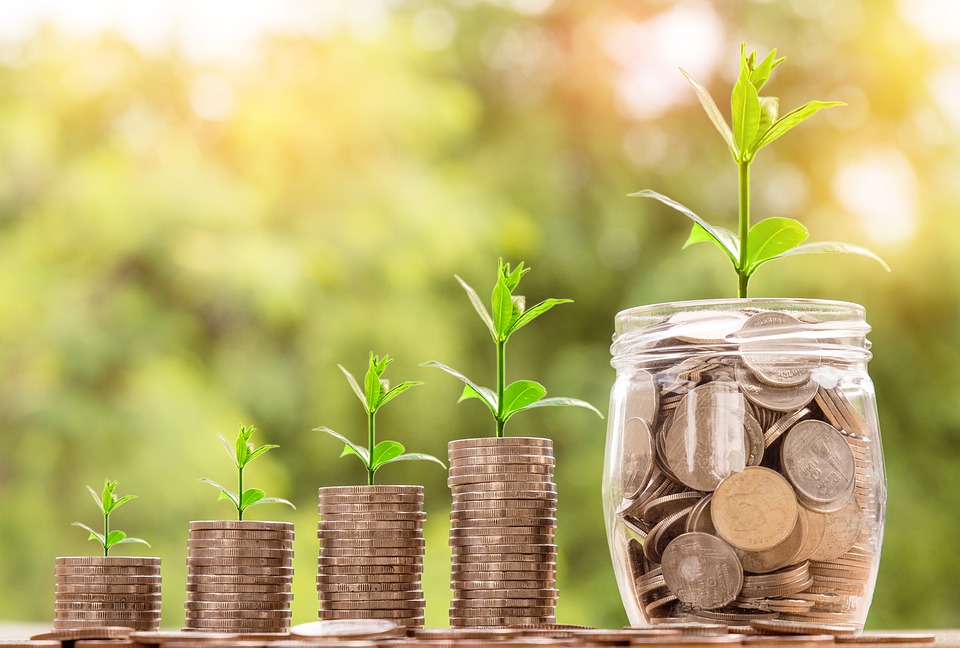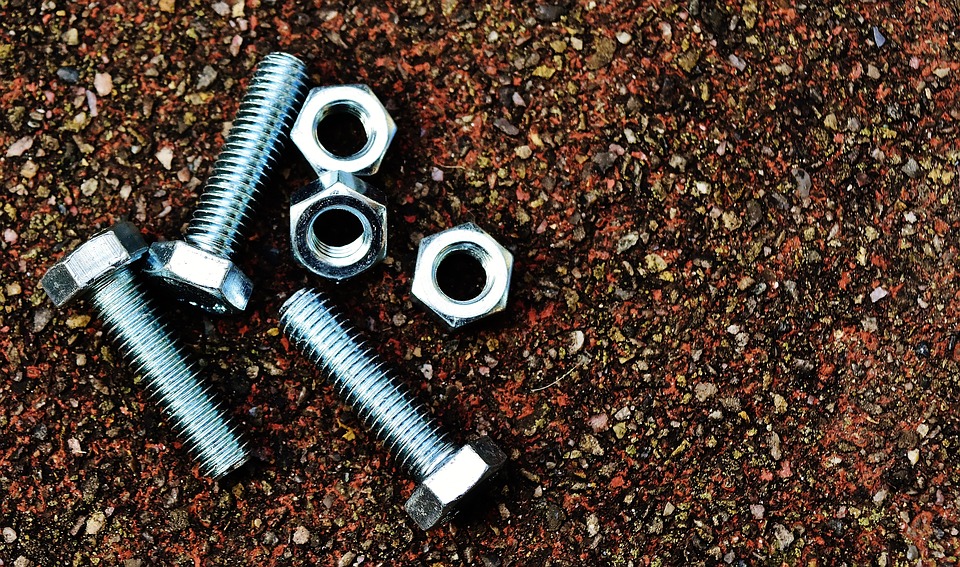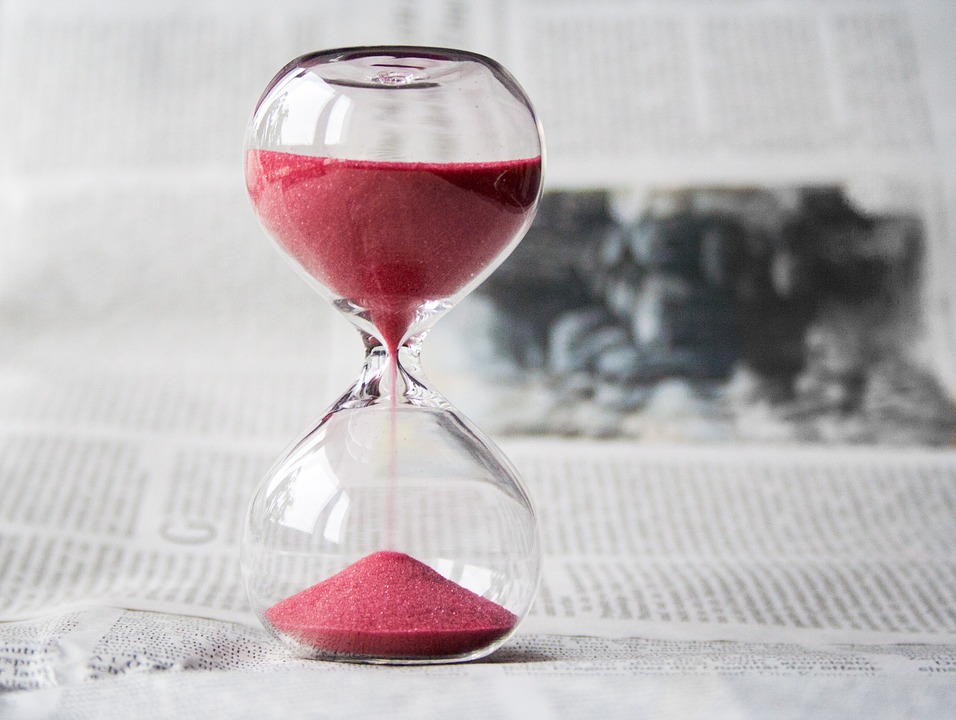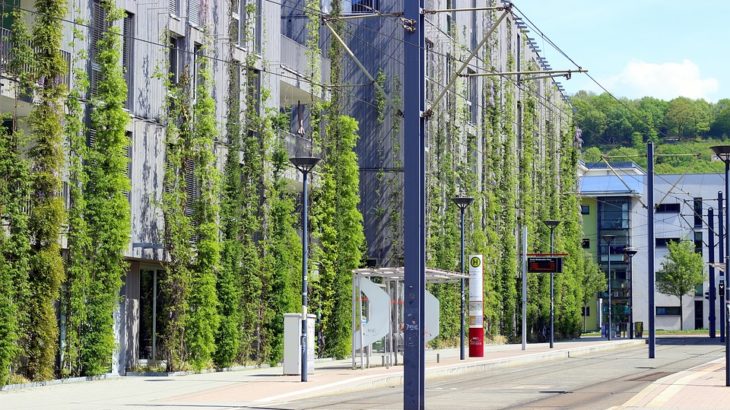In the first three articles of this series, we discovered a new green concept: green building!
However, despite its numerous benefits, why do you think Jan Gehl, the Danish urban design expert, made the following statement:
“An endless number of green buildings doesn’t make a sustainable city.”
Today’s article will have a look at the reason behind the above statement, that is, the hidden side of the green building!
Downsides of Green Building
In the second article of our ongoing series, we elaborated on the many benefits of green architecture. The extract below will summarise some of the benefits:
“Green building makes it possible to reduce waste by utilising renewable materials or using biodegradable materials. It can reduce dependency on energy from non-renewable sources like coal and ensure that the buildings make optimum energy use. The resource-efficient building also leads to a lower concentration of carbon dioxide gas emissions and provides better indoor air quality. Furthermore, those who live in green buildings enjoy many health benefits due to the safe and natural materials used in constructing these sustainable buildings.”
However, now we shall have a look at the drawbacks of green architecture:
Costs

One of the most significant disadvantages of green building is the high initial costs.
It is true that employing renewable or biodegradable materials can help improve the environment. However, did you know that such materials cost much more than traditional building materials?
Let’s give you an example. Structural insulated panels (SIPs) are types of sandwich panels that are used in the construction industry. As they are airtight building systems, they use less energy to heat and cool and therefore, are considered green building systems. However, despite their environmental benefit, the initial cost of building a house with SIPs will be much higher than building a traditional home.
Funding
Suppose you don’t have enough investments for a green building project, and the only solution you have is to go and ask a funding from the banking. Unfortunately, banks and other financial institutions tend to be rather sceptical when it comes to financing green architecture projects. They prefer to give out loans for conventional buildings’ constructions, and therefore tend to put a low valuation on green buildings.
Unavailability of Materials

Even though green architecture has become very popular over the past decade, it is still a new concept and compared to traditional materials, green and eco-friendly materials are not readily available. As a result, people often need to order these materials from distant suppliers, with the shipping cost inflating their budget even further.
Green Construction Workers
Despite offering several benefits to the environment, a green construction project cannot build itself. Experienced green construction workers are essential for a green building project. Sadly, most construction workers lack both the knowledge and experience when it comes to green buildings, and many are reluctant to learn the new skills required. As a result, it becomes complicated to find experienced workers who can help you to construct a green building.
Location Problems
Green buildings depend a lot on the use of sunlight in order to produce energy. Therefore, these buildings need to be located in areas that provide the best sun exposure.
Time Factor

Overall, construction projects are very time-consuming. However, green buildings can take much longer than conventional ones. For instance, a proper site assessment needs to be carried out as many factors have to be considered. Then, begin the search for experienced green workers and money lenders. The design and execution stages are the most complicated ones which can take a considerable amount of time.
No Air Cooling Features
As the main components of green building involve natural ventilation, people cannot control fluctuating temperatures. Moreover, air conditioners are not recommended as they are not eco-friendly.
Not A Magic Wand
Green architecture can undoubtedly bring some benefits to the environment. However, it can never solve all our environmental issues. For example, buying an eco-friendly house may not be enough and one should also have an eco-friendly behaviour.
According to you, do you think that the statement of the Danish architect was valid or not? Please share your comments!



















